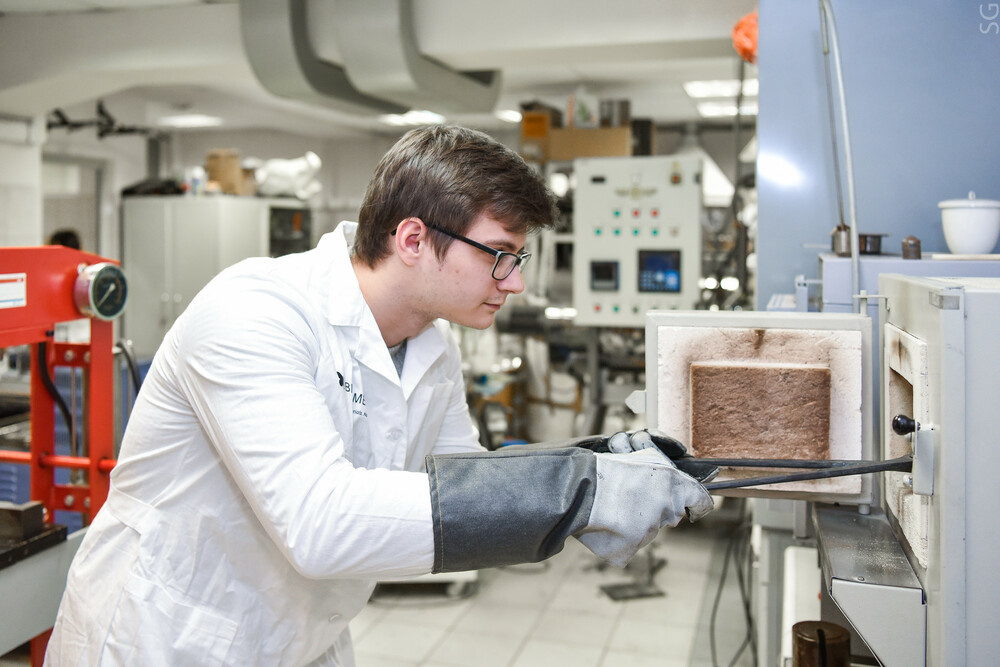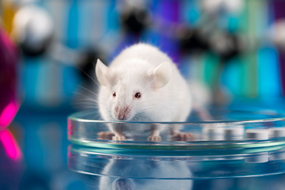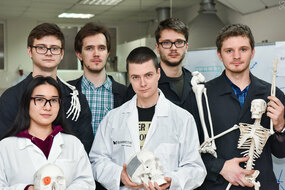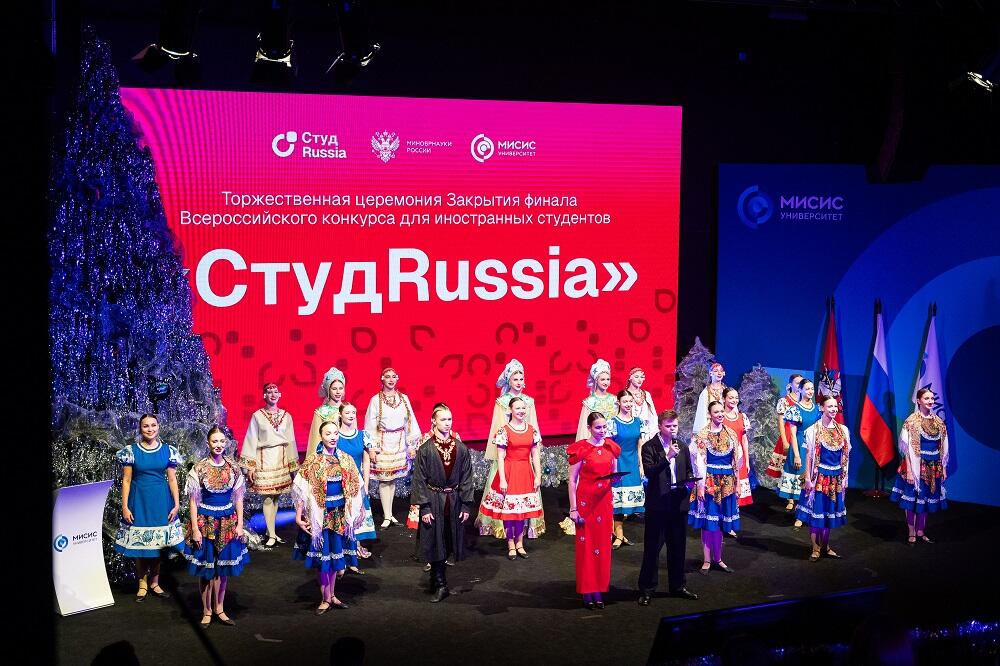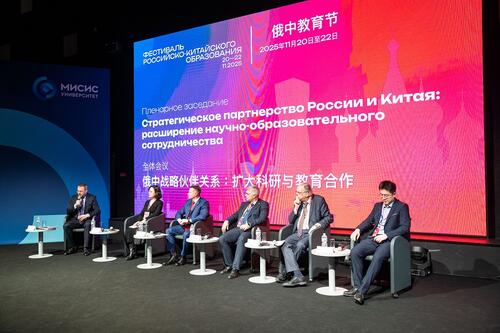Scientists from NUST MISIS and Gamalei Institute of Epidemiology and Microbiology found a way to increase the survival efficiency of skull polymer implants by an average of
One of the most widely used materials for polymer bone implants is polyether ether ketone (PEEK), as it is strong, resistant to aggressive chemical environments, wear-resistant, and biocompatible. PEEK is used mainly in spinal surgery for prosthetics of intervertebral discs. However, it is also promising as a material tubular and flat bones implants. In this case, it is necessary to ensure a strong fusion of the PEEK with the patient’s bone. This requires additional processing of the material to create a porous structure in which the bone tissue would grow. However, until now, none of the methods used (for example, foaming with gas or phase separation) did not give sufficient structural similarity to natural bone.
Scientists from NUST MISIS and Gamalei Institute of Epidemiology and Microbiology developed a combinatory approach to creating implants, including the production of a porous implant from PEEK or PEEK with the addition of hydroxyapatite, which is the main mineral component of bone tissue, as well as two proteins, erythropoietin (EPO) and bone morphogenetic protein BMP-2.
“First, we ground the hydroxyapatite powder into smaller particles using a planetary mill. Then it was mixed with PEEK and sodium chloride with spherical particles. Not any salt is suitable, since salt crystals can also be cubic, and this does not correspond to the natural porosity of the bone. After thermal pressing, the samples were washed to dissolve the salt. As the result, we had a material with 80% porosity”, comments Alexander Chubrik, one of the main authors, student of NUST MISIS iPhD program “Bio Materials Science”.
Salt crystals of two sizes,
“To attract osteoblasts to the implant site and induce bone growth, we saturated the samples with recombinant BMP-2 protein obtained in our laboratory. The addition of recombinant erythropoietin, also developed by us, was supposed to promote increased vascular germination and additional growth of bone tissue. The work on obtaining the material and characterizing its properties was carried out within the framework of a project funded by the Russian Science Foundation”, comments Anna Karyagina, ScD in Biology, senior researcher at Gamalei Institute of Epidemiology.
In further experiments, samples of the material were implanted into a
4-millimeter round skull defect in eight groups of laboratory mice. In each of the groups, the samples had a different composition — pure PEEK, PEEK without proteins, PEEK with different concentrations of proteins, and the same variants with the addition of hydroxyapatite. The ninth group was a control one without implant.
The experiment showed that the optimal combinations are PEEK (with or without hydroxyapatite), EPO 3.5 µg and BMP-2, also 3.5 µg. In these groups, the maximum overgrowth of the bone defect was achieved in 6 weeks of the experiment. In general, due to the introduction of recombinant proteins, it was possible to increase the effectiveness of implant survival (which is expressed in an increase in the percentage of bone tissue) by 4 to 6 times. This would allow the patient to recover faster after surgery. In addition, the new bone tissue at the site of the defect would be able to withstand the same mechanical loads as before the operation.
Scientists plan to continue working on improving polymer implantation materials, for instance by using bioresorbable compounds that dissolve over time.
